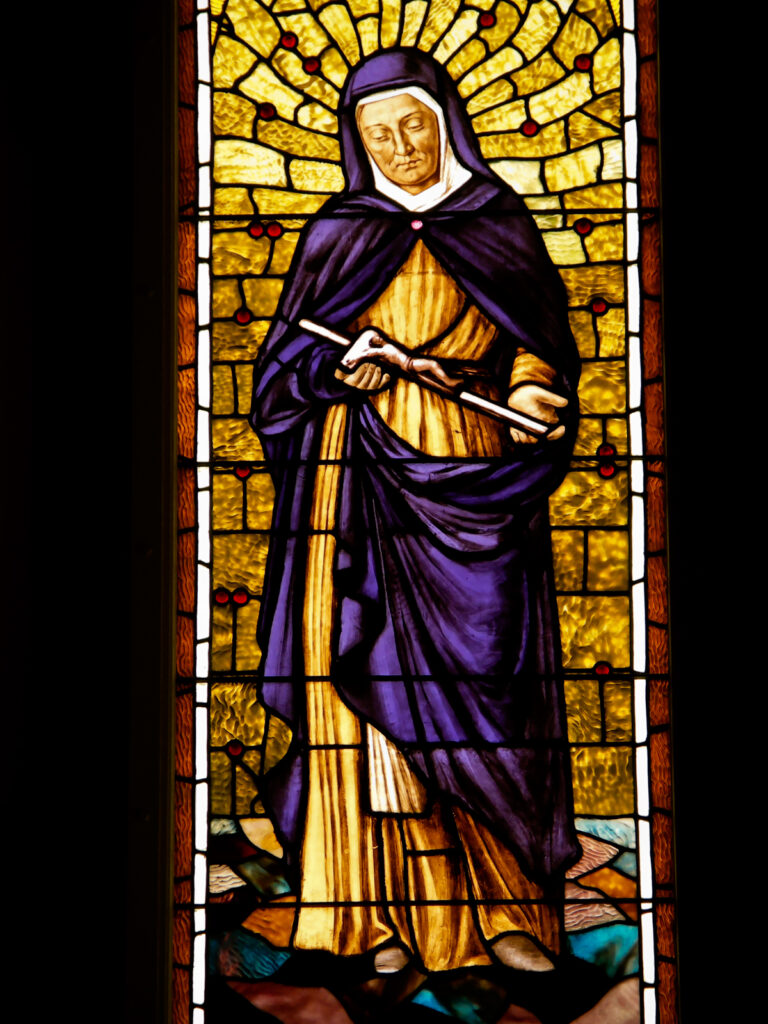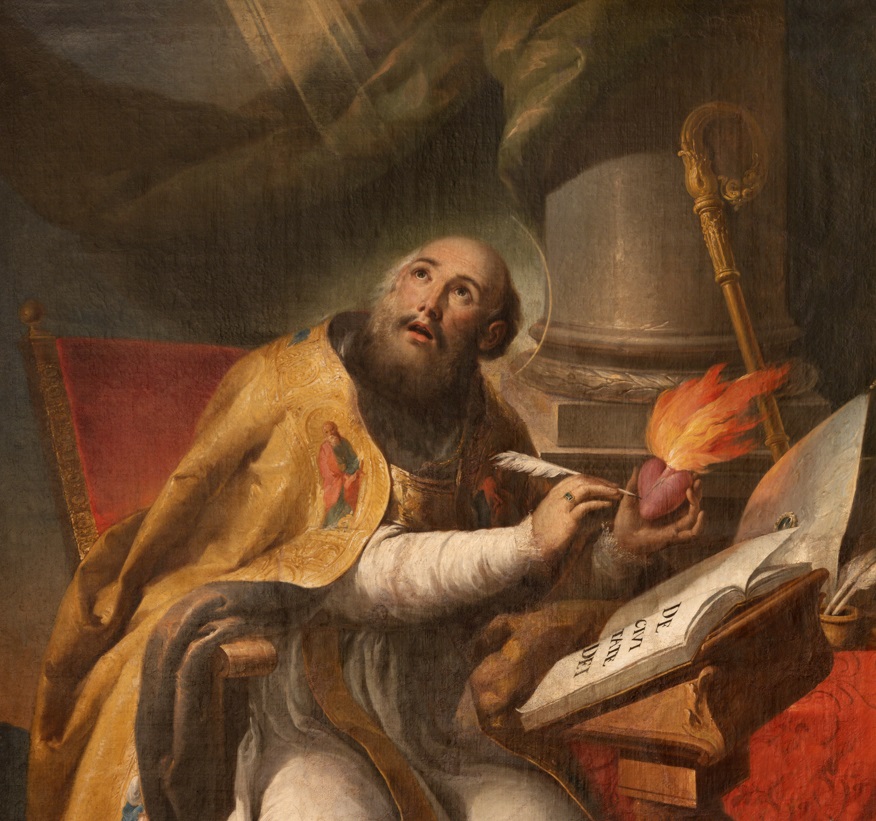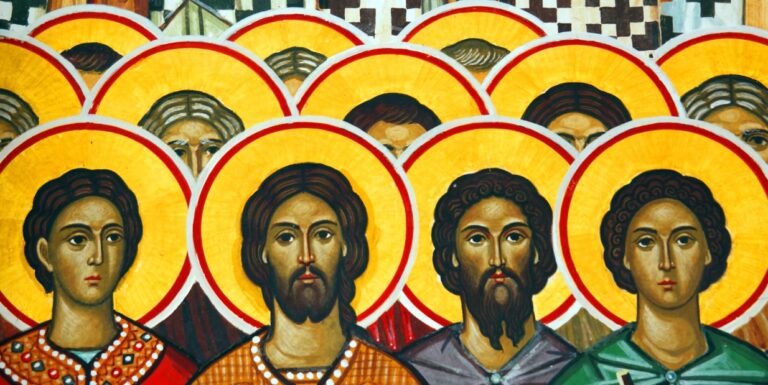
ST. MONICA AND ST. AUGUSTINE
How often do we give up on friends or family members who are obstinate or dismissive when it comes to our faith? This can be painful and it feels like a personal attack. St. Monica (c. 332 – 387) faced these situations in her family. Many can see their own life situations reflected in the life of St. Monica. She is a model of resilience and determination, never giving up on those she loved.

St. Monica and St. Augustine (354-430) have had a profound and lasting influence on our Catholic faith. Were it not for the extensive writings of St. Augustine in Confessions, we may not have known about his mother. And yet, it was her determination to catechize her son and pray for him throughout his life that was foundational in his becoming a Doctor of the Church. The birthplace of St. Monica and St. Augustine was in Thagaste, a North African community under Roman rule. The 3rd and 4th centuries were a tumultuous time in the early church.
St. Monica was married at a young age to Patricius, a pagan who was surly and unfaithful to her. Despite the hardship, she remained a dutiful wife and mother to their son, Augustine and two other children. She prayed unceasingly for her husband and mother-in-law. Her prayers were answered and they eventually embraced the faith.

An even greater challenge was that her son was dismissive of the Roman Catholic faith. An intelligent and strong-willed individual, Augustine went away to study, very sure of his life view and choices. He eventually fathered a child, Adeodatus. The mother and son followed Augustine to Rome and Milan where he furthered his studies in philosophy and rhetoric. St. Monica continued to pray for her son that he would go back to his roots of faith in which she had raised him. After years of intense study and influence of other faiths such as Manichaeism, Augustine had a conversion experience. He and his son were baptized and began to dedicate themselves to the study of theology and philosophy in a small community along with his mother. St. Monica died shortly after Augustine’s baptism. She felt that her purpose in life had been fulfilled with Augustine’s conversion. Augustine was ordained and eventually made Bishop of Hippo.
This reflection does no justice to the breadth and depth of the influence of St. Augustine. His influence is reflected in the Nicene Creed by his writings on the Trinity. Similarly, it was Augustine who argued that God’s grace is more powerful than human constructs of power. When the Donatists asserted that the strength of the sacraments was dependent on the holiness of the clergy who administered them, Augustine fought against this. God’s grace was the force in the sacraments. His writings were the basis of sacramental theology that we hold today. Today, Augustine is referred to as the “Doctor of Grace.”
As a mother, I will most certainly look to St. Monica as a model of patience and hope. Praying the Nicene Creed, I am mindful of the great mind of St. Augustine of Hippo whose writings shaped much of the Church as we know it today.
St. Monica and St. Augustine, pray for us!
Jan Bentham is a retired Religion Coordinator with the Ottawa Catholic School Board. She is a musician, serving in music ministry at St. Ignatius Parish in Ottawa. She currently works at St. Paul’s University with the Catholic Women’s Leadership Program.


